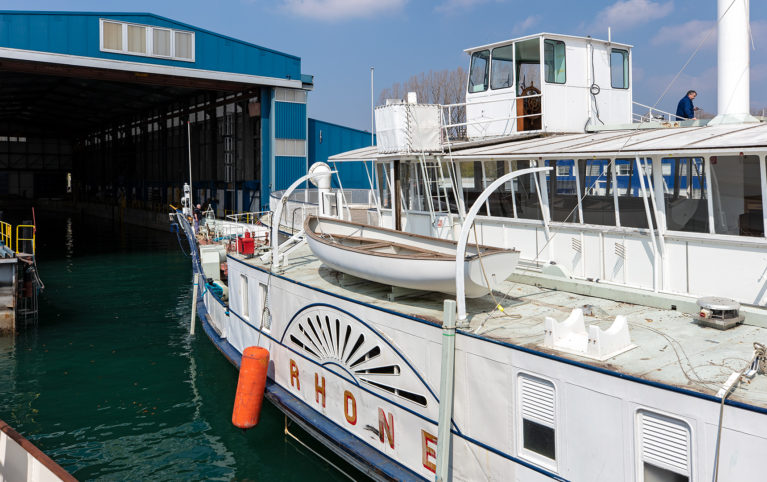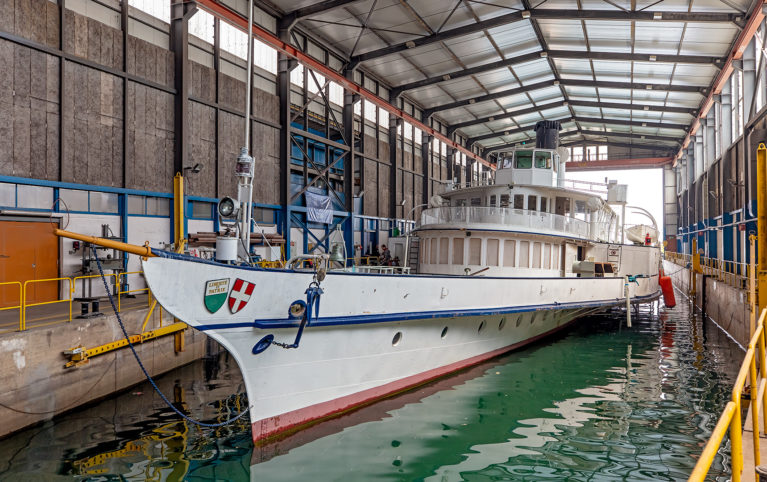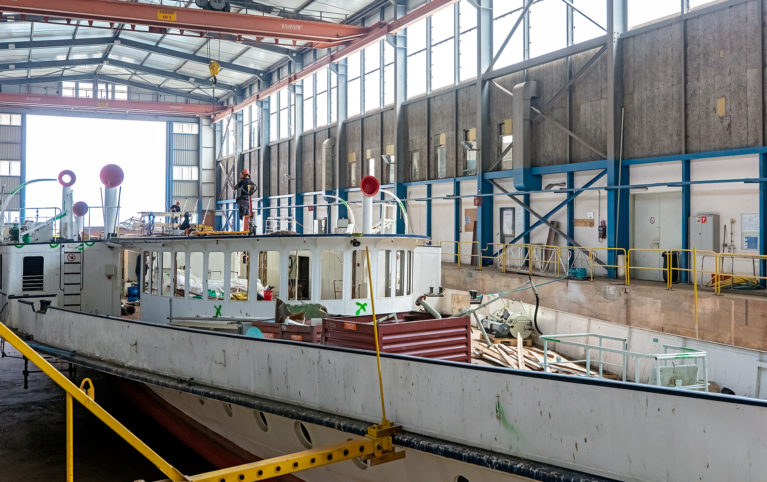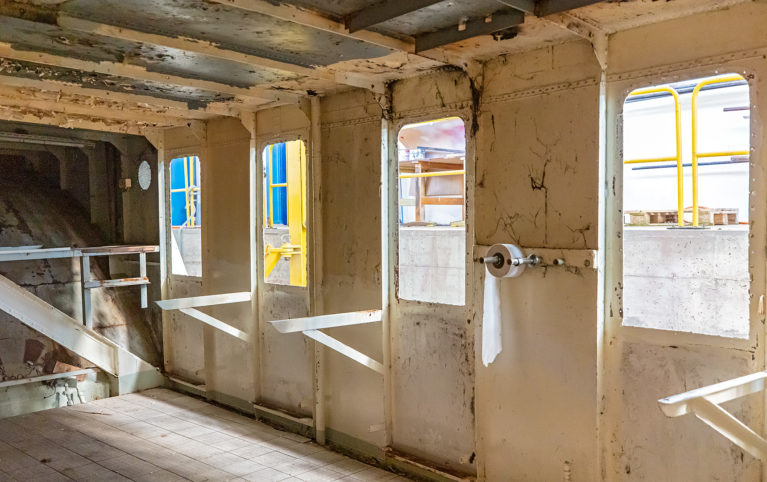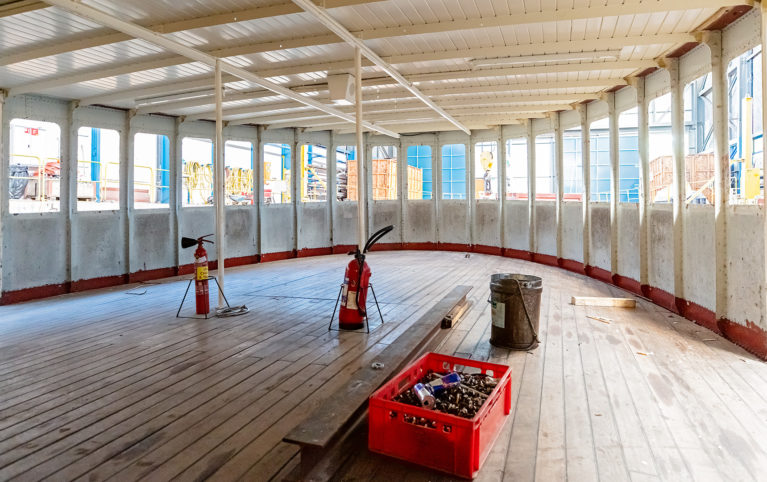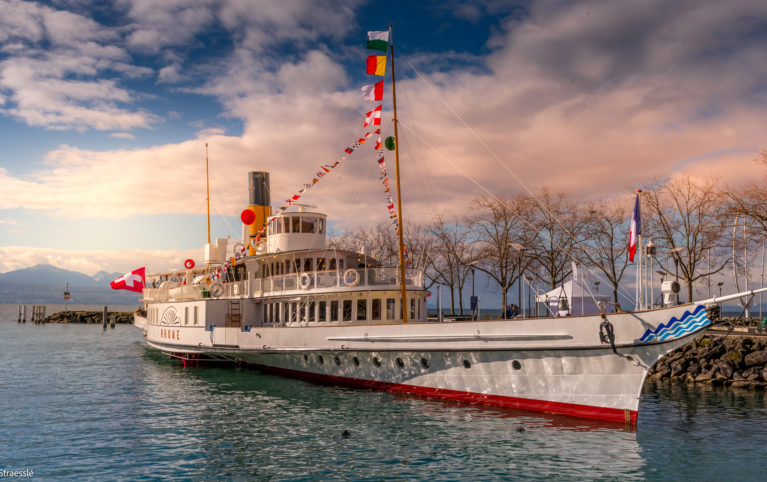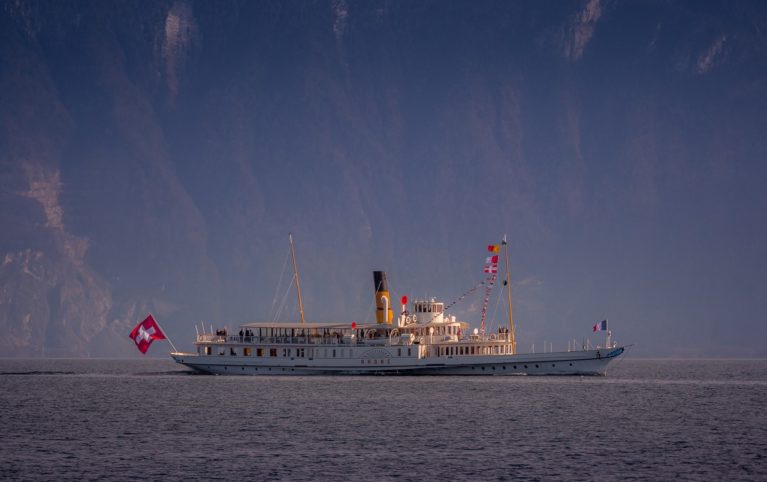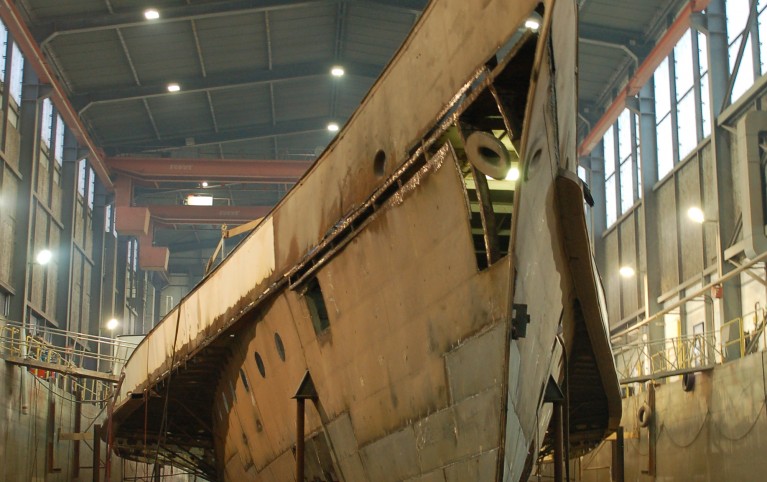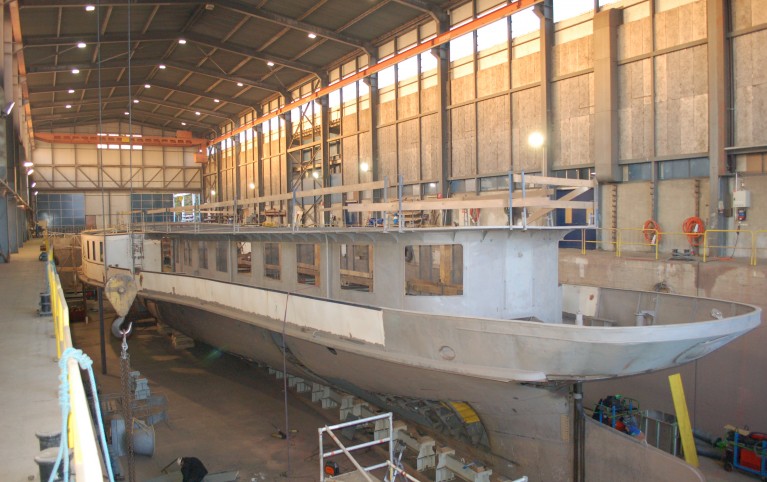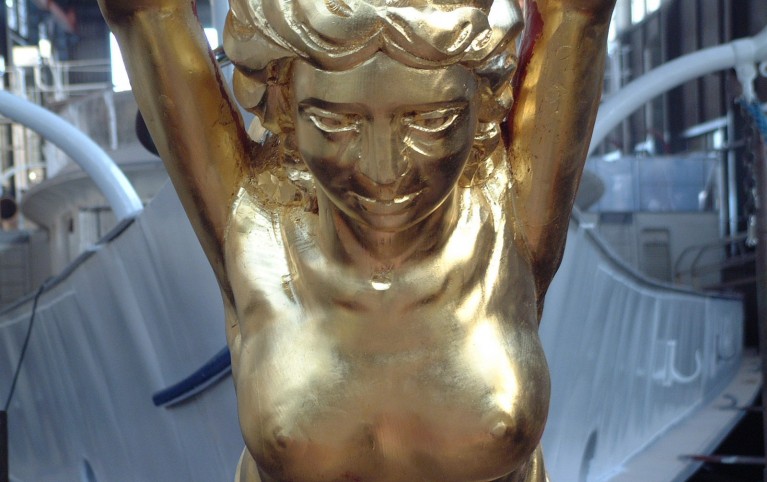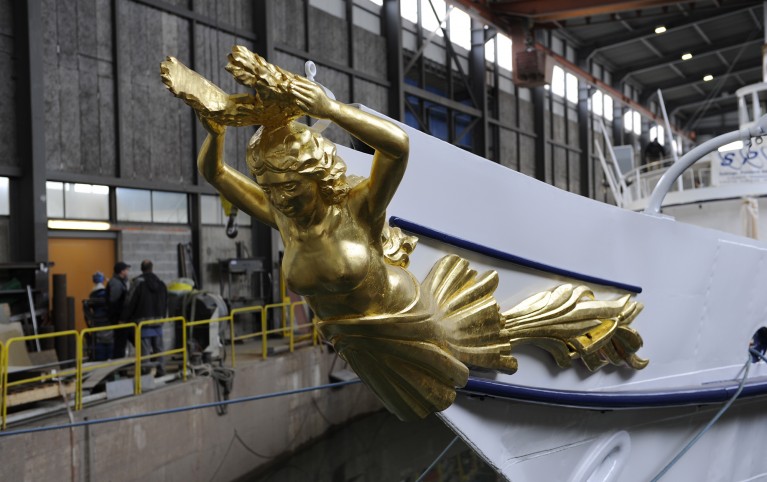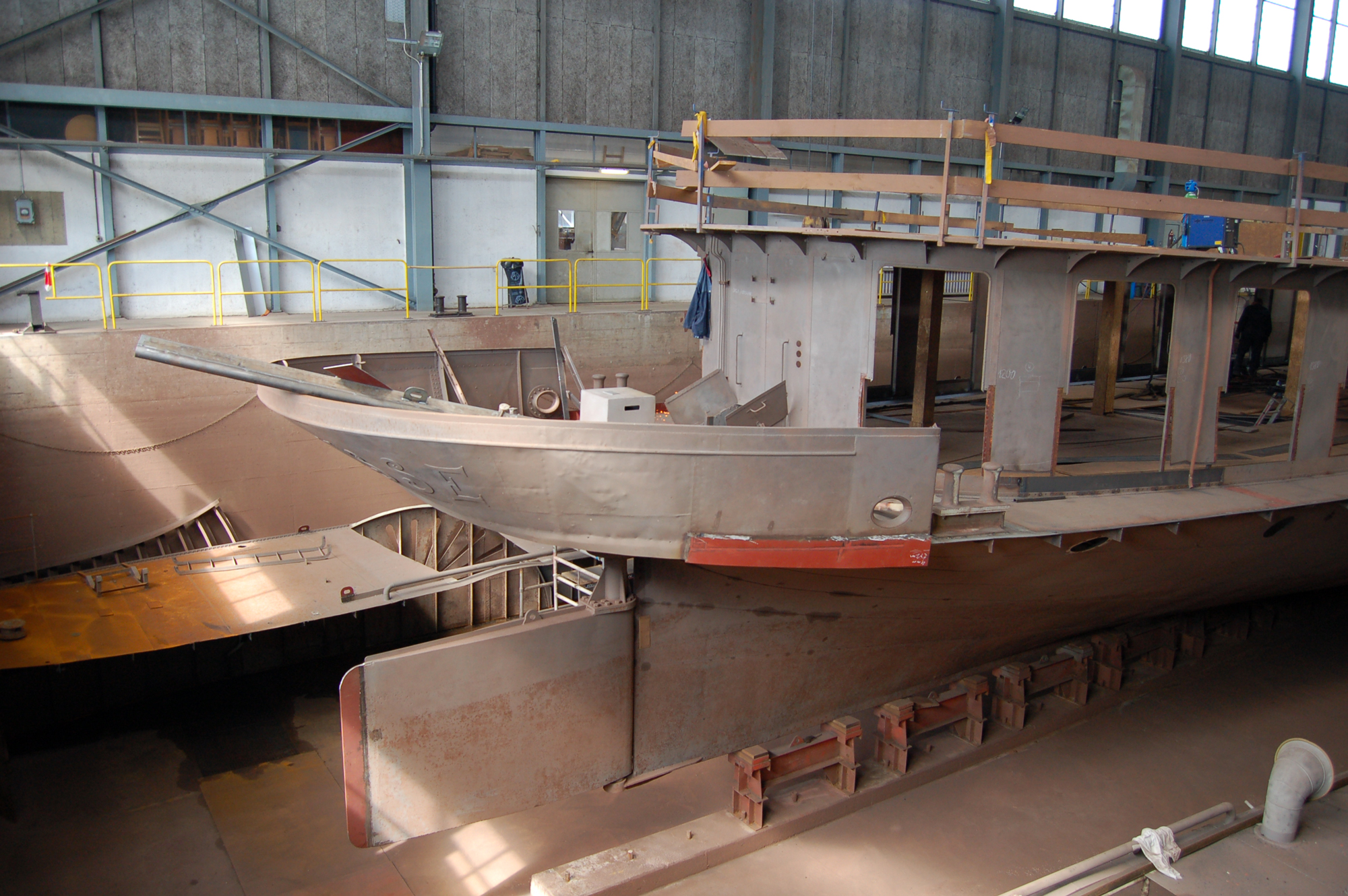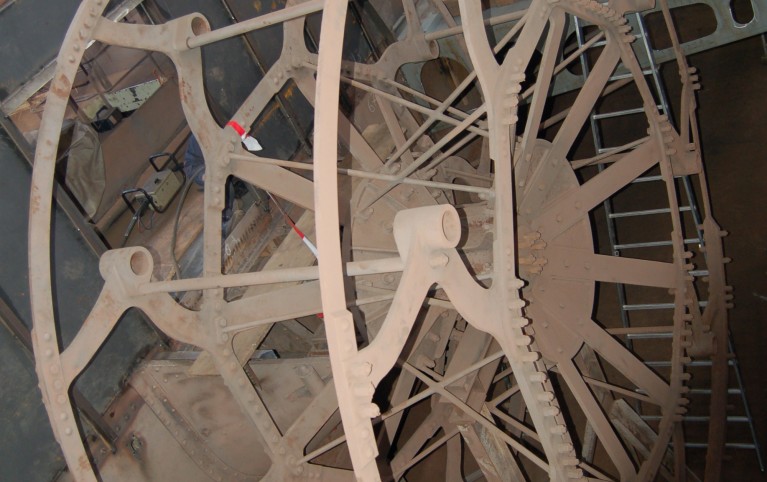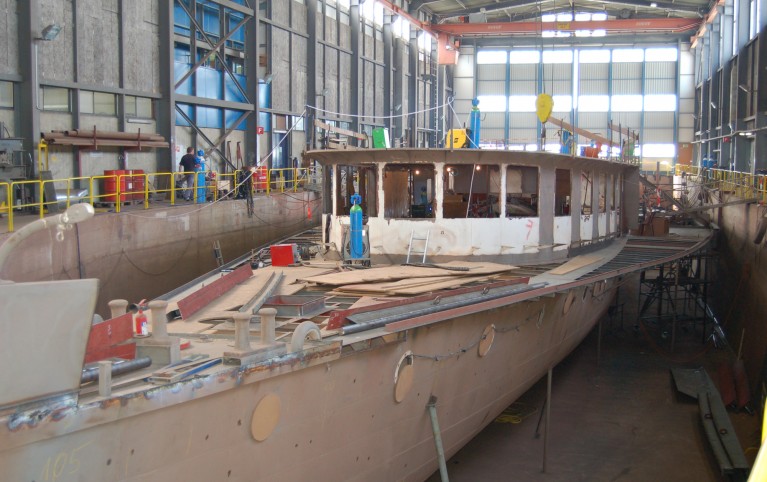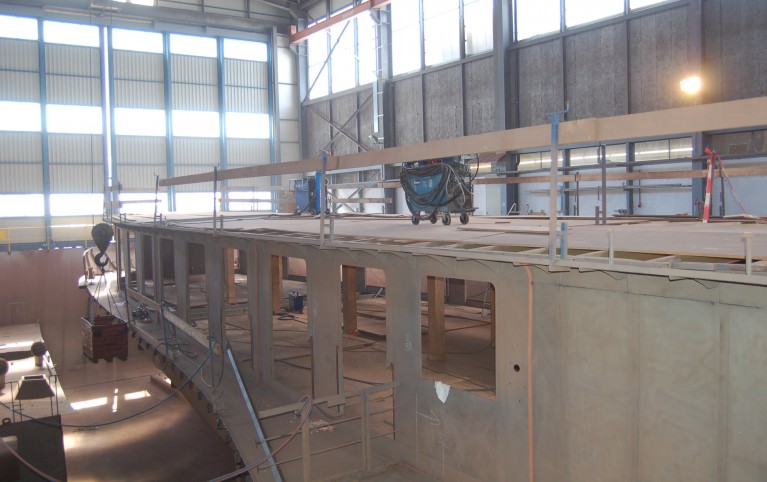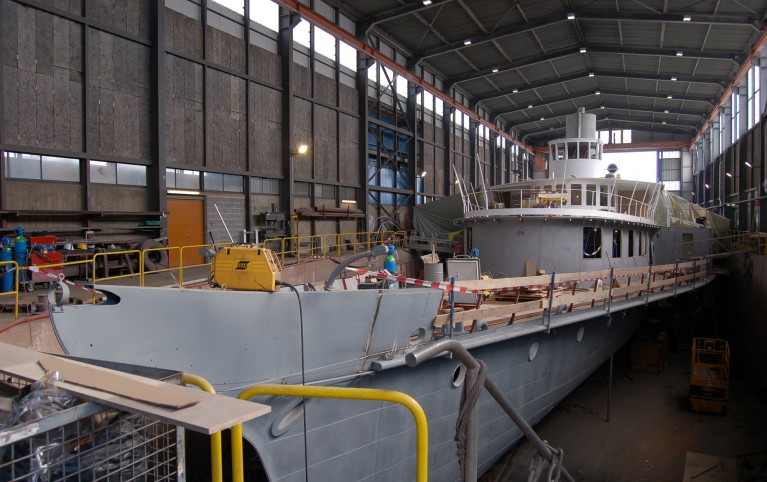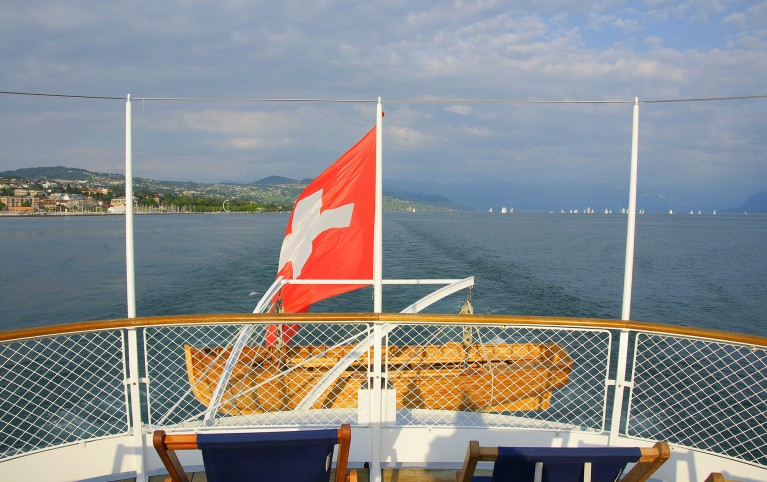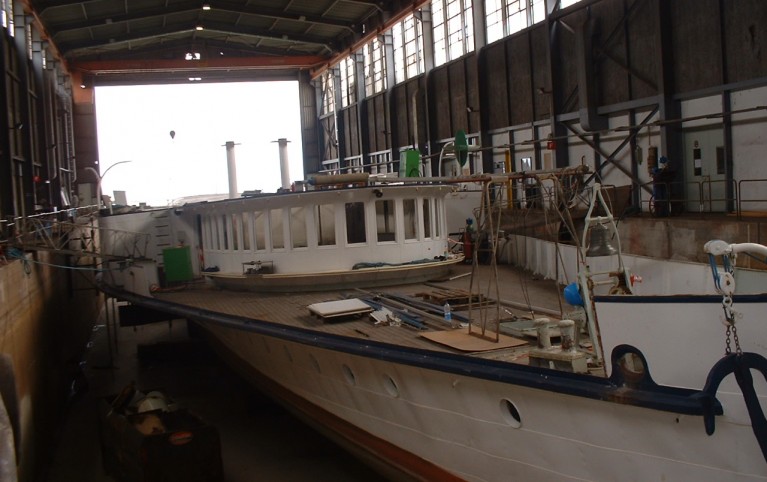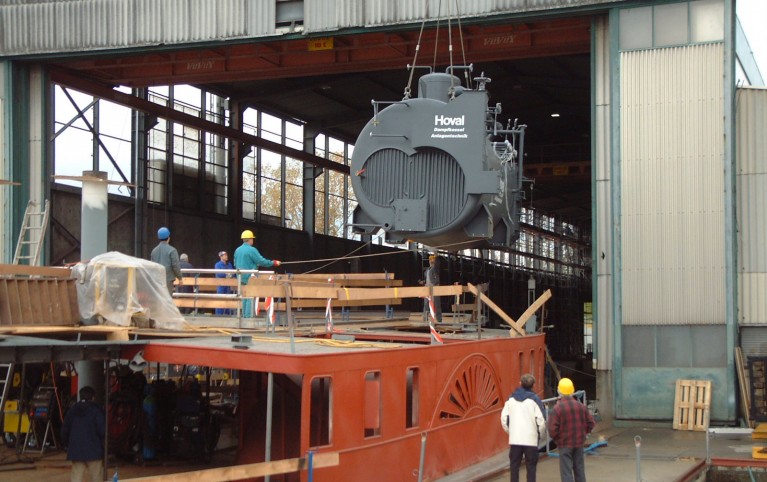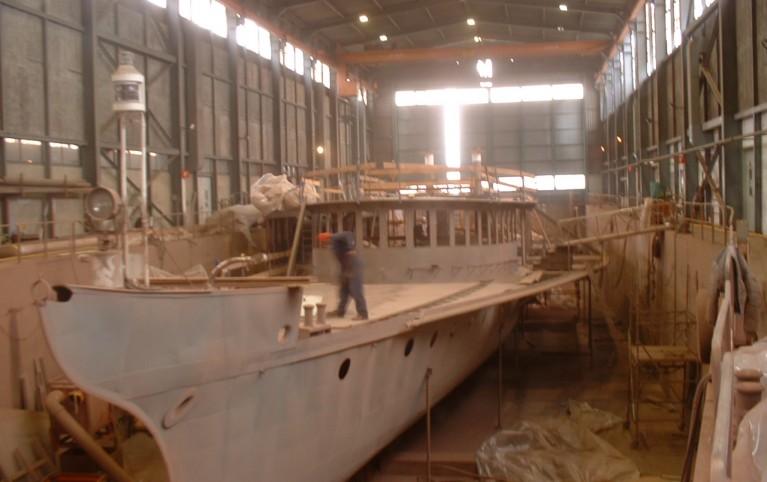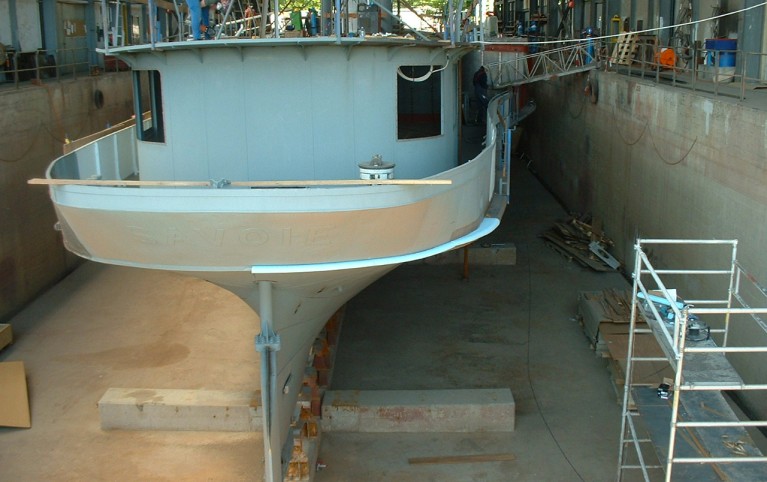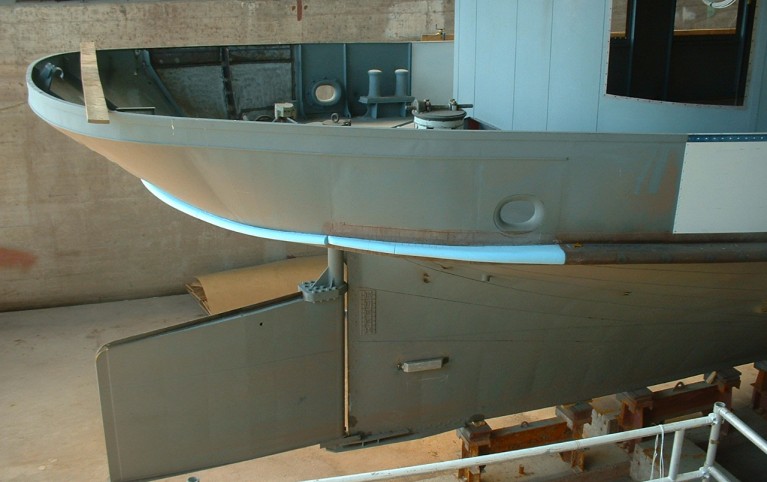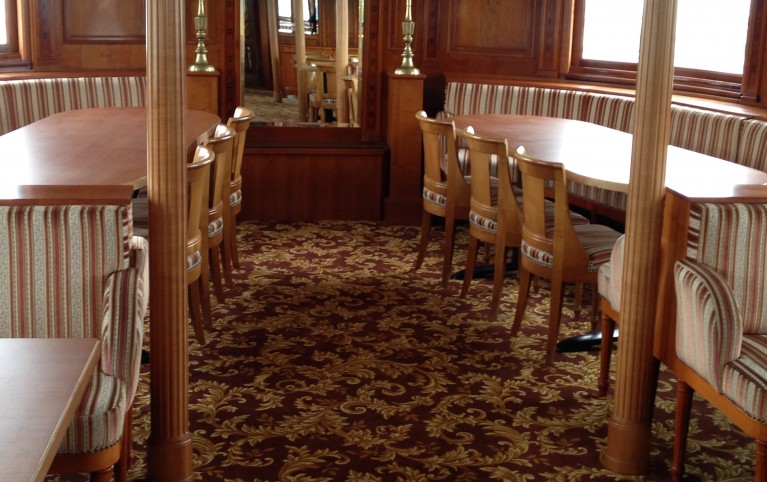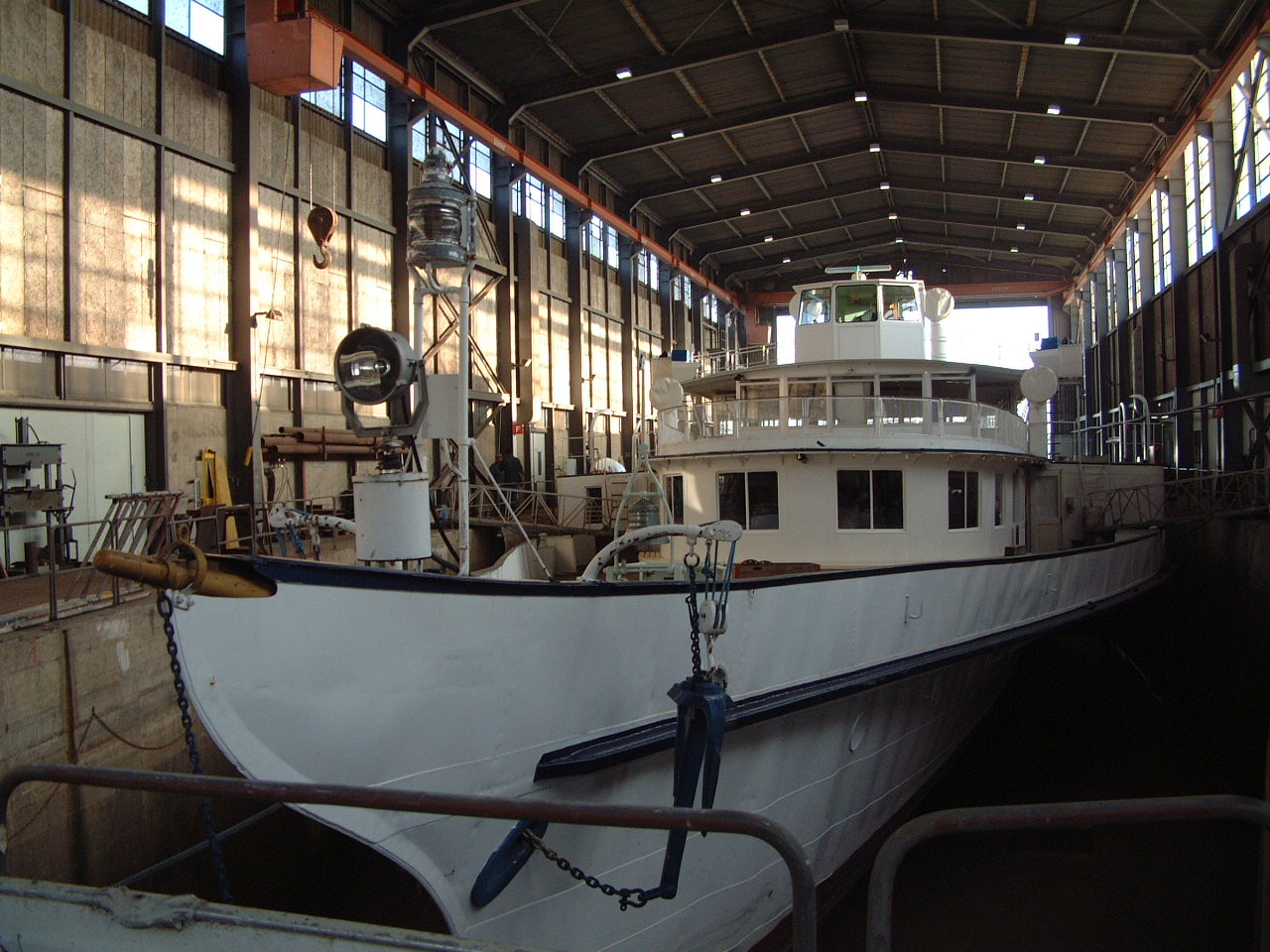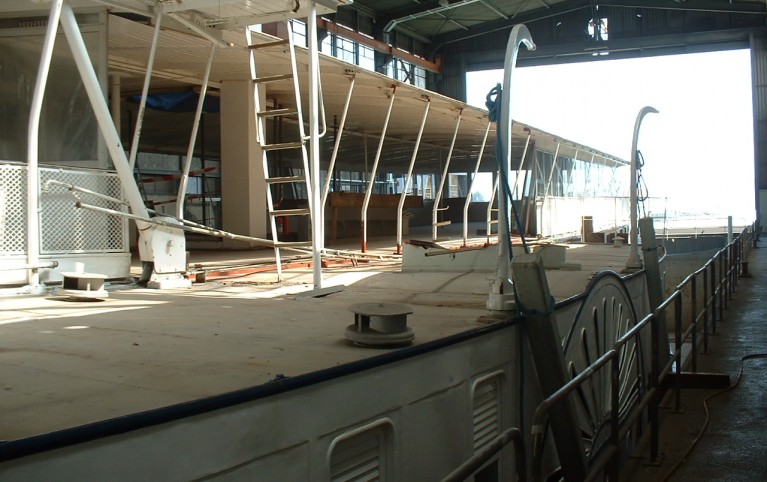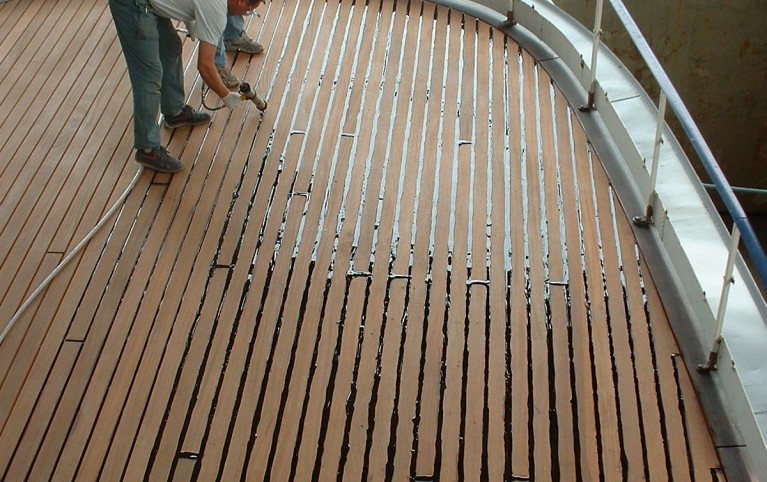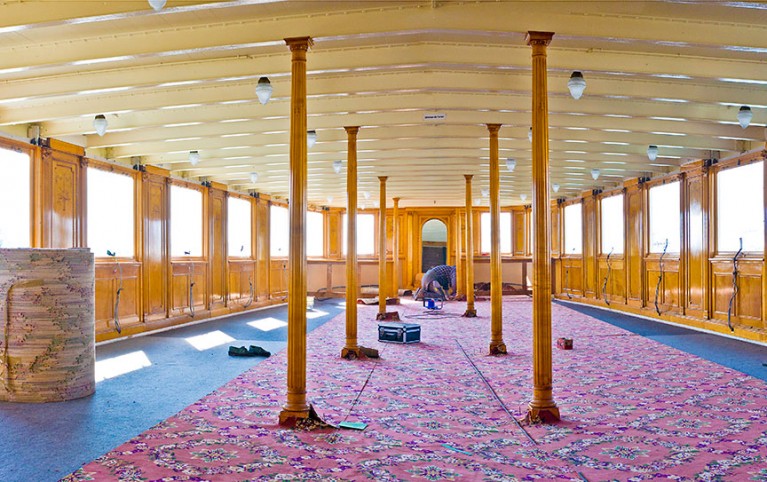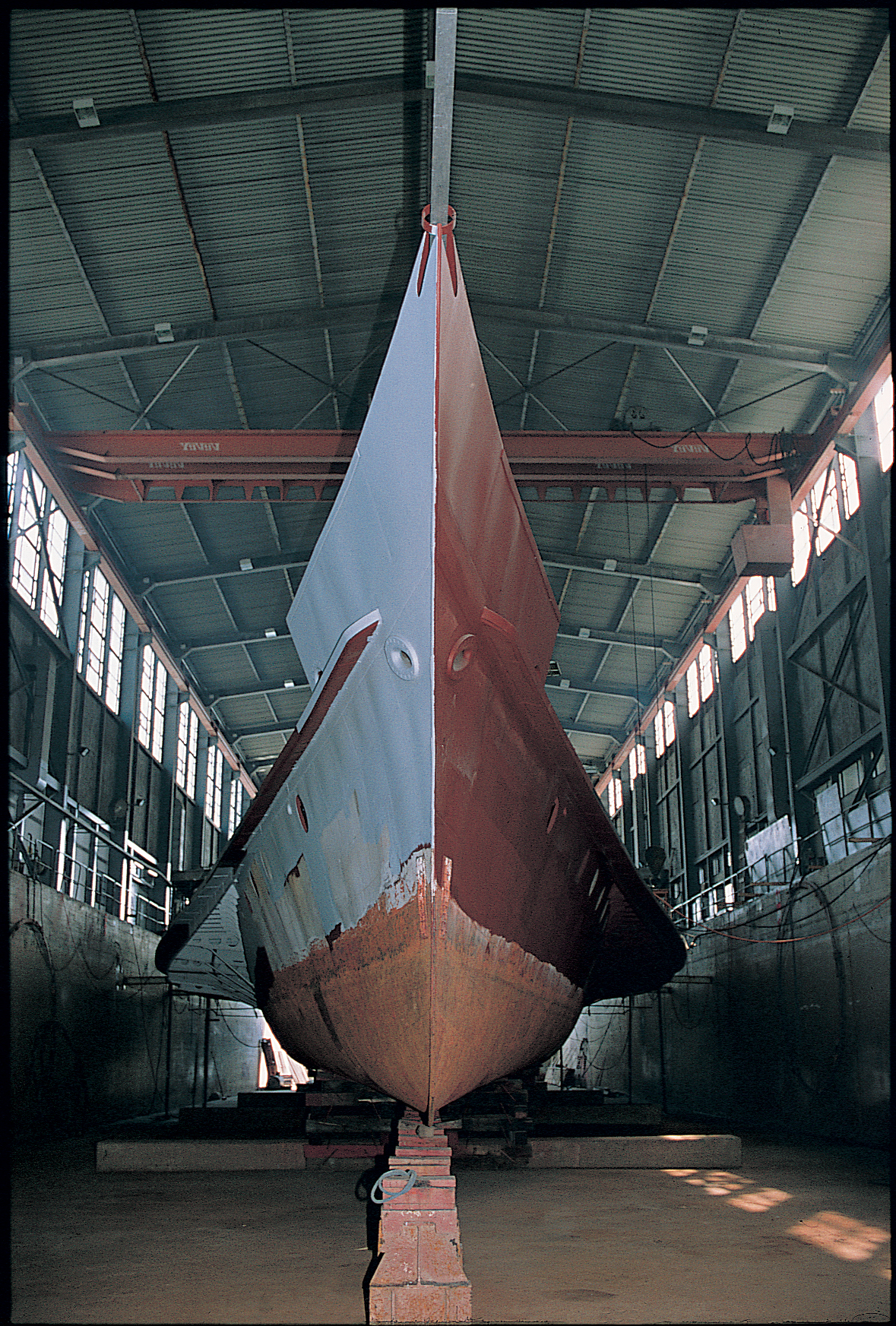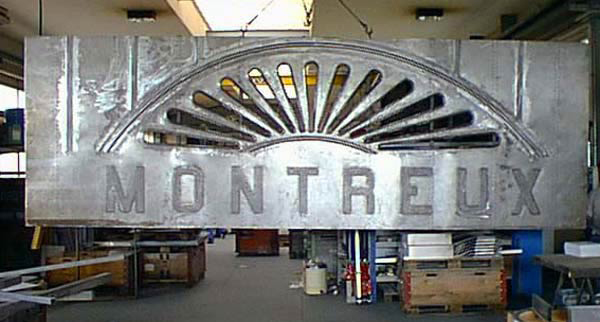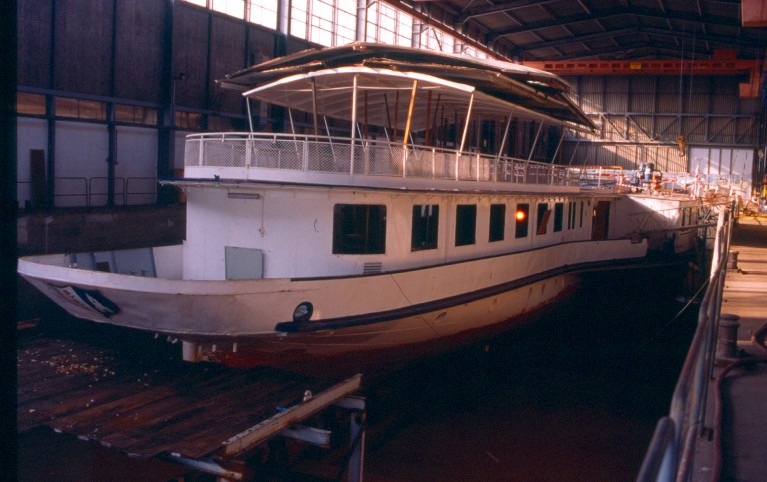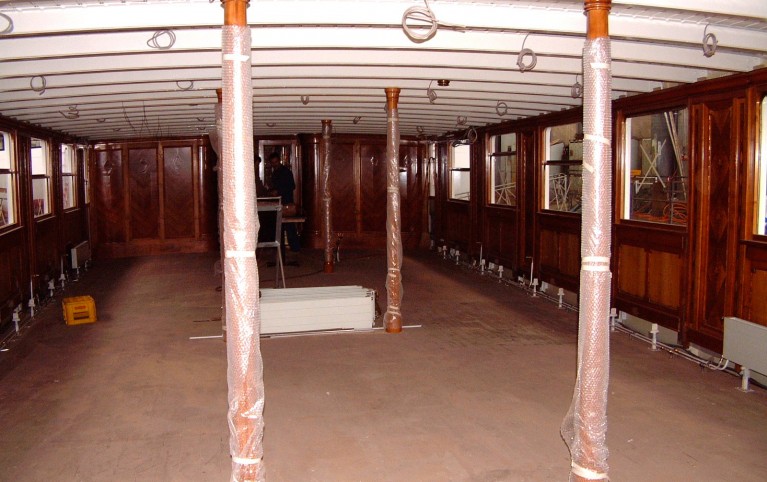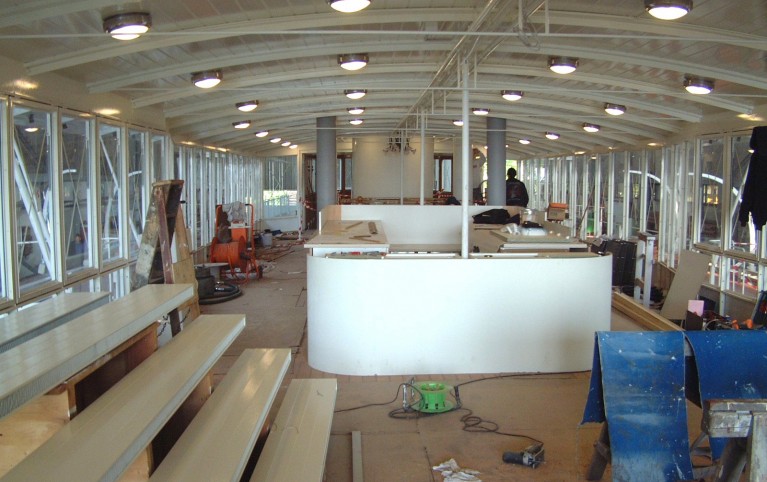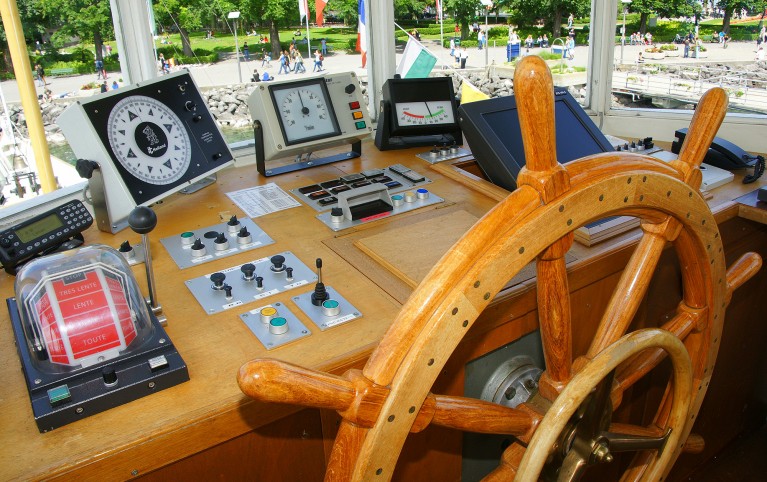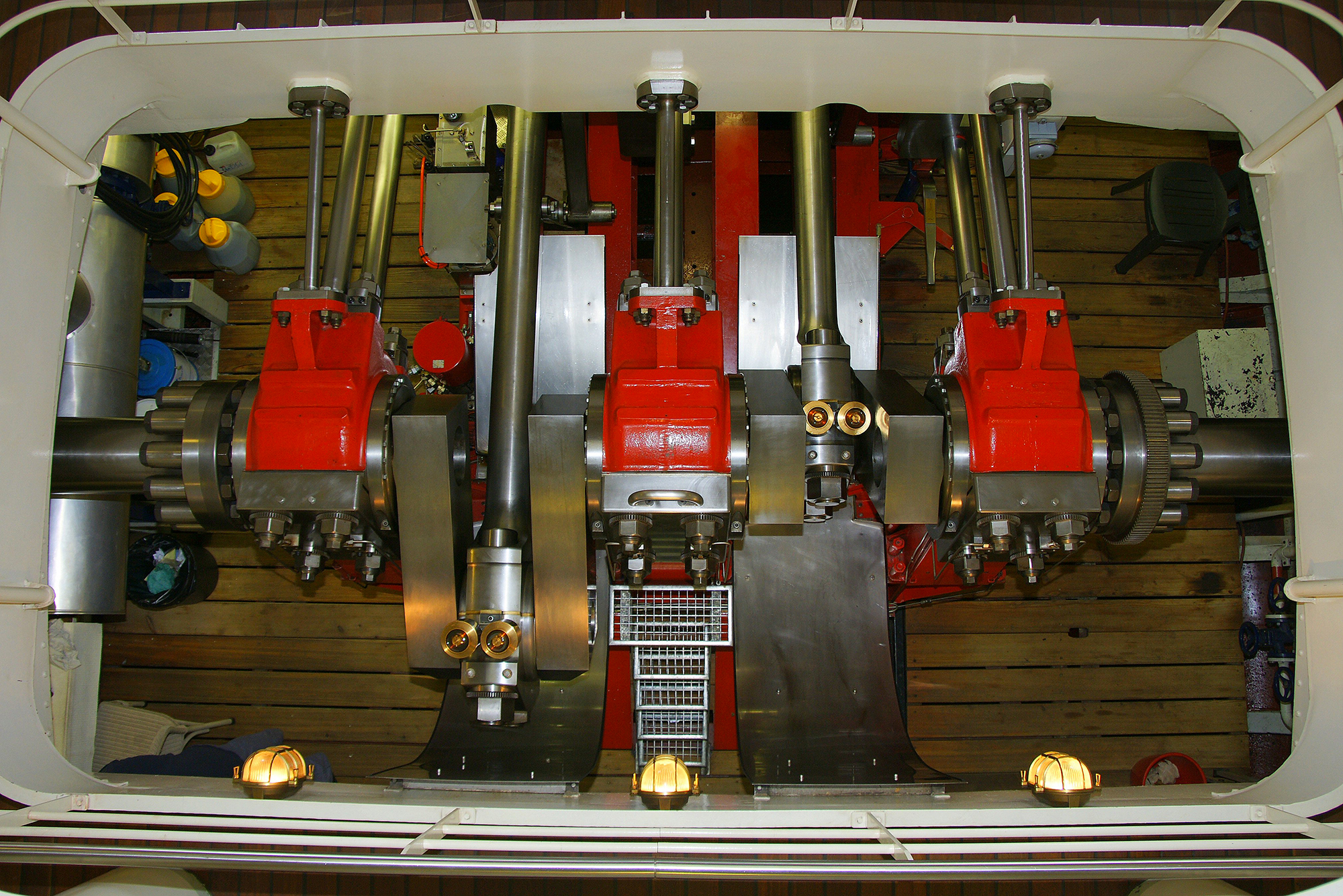Renovations
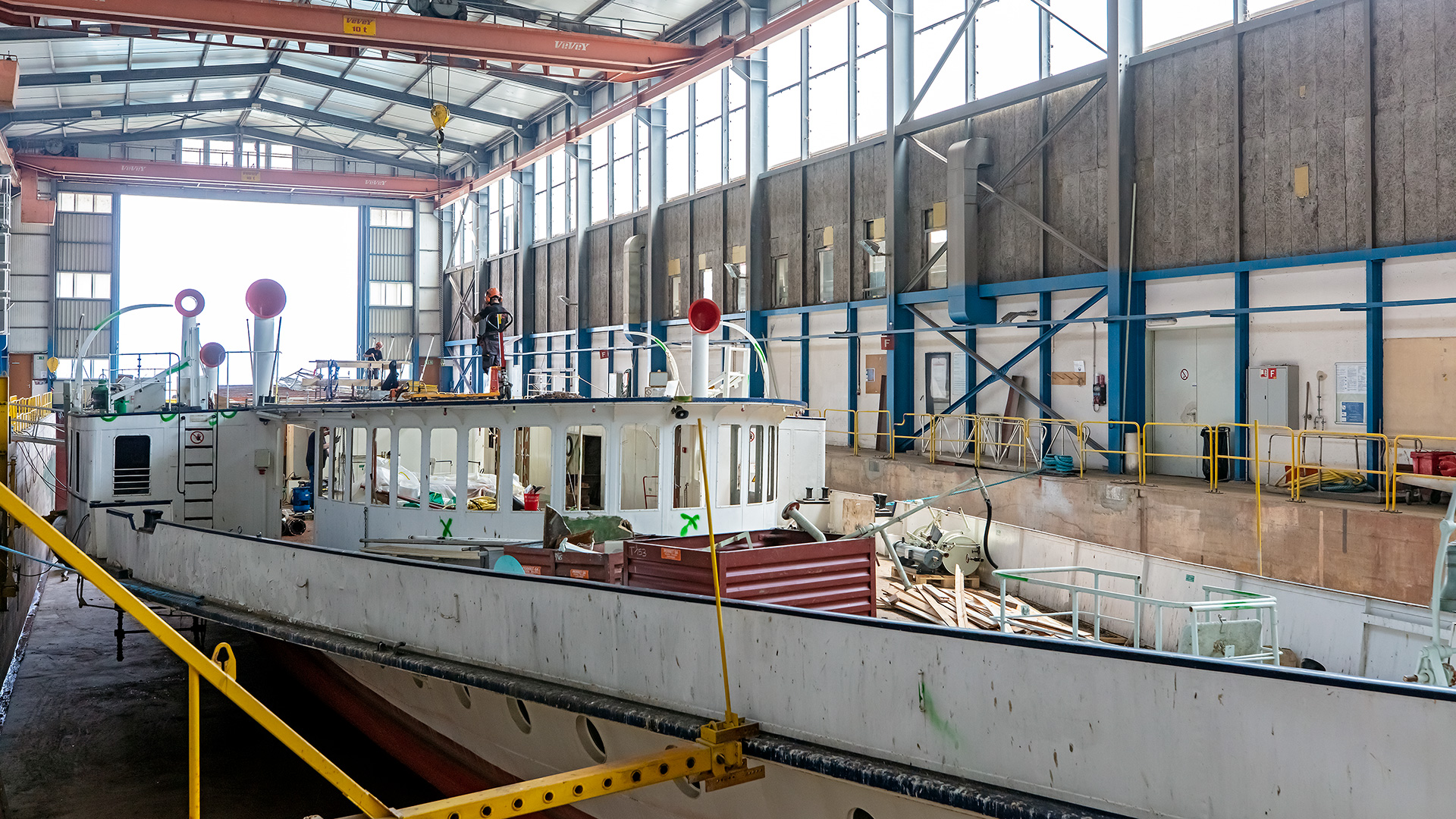
The eight boats of the CGN Belle Epoque fleet enjoy heritage-related significance and a tourist value unique anywhere in the world. The renovation of each boat requires unique know-how both in technical and heritage terms. This implies a cost of between 10 and 15 million Swiss francs per boat for a full renovation. While their conservation and restoration remain as faithful as possible to the original condition, these boats nevertheless display certain differences with the vessels that first plied their trade on the lake. Far from fundamentally altering the substance and heritage value of the boats, these differences reflect the development of new technologies, the growing importance of safety measures and the changing conditions of sailing and handling the boats.
Renovated boats
S/S Rhône
The Rhône entered the dry dock to start its renovation in May 2019. With the exception of its steam engine being serviced during the winter of 2002-2003, the boat has not benefitted from a major renovation for some 50 years (1968).
It was essentially financed by the three cantons of Vaud, Genève and Valais, the major shareholders of the CGN.
ABVL participated with 3,6 mio and the Swiss federal Office for culture with 2,2 mio swiss francs.”
General renovation of the M/S “Italie”
Almost 18 months of work and more than 60,000 man hours were required to give the “Italie” a new lease of life.
Having recreated its original appearance and Belle Epoque style while incorporating cutting-edge technologies, the “Italie” is now ready to welcome passengers all year round.
After ten years moored at the jetty waiting for the funding for its renovation, the “Italie” was towed to the CGN dry dock on 12 May 2015 to begin its complete renovation. This feat was made possible thanks to the financial support of the ABVL and its 20,000 sponsors as well as the support of the Canton of Vaud.
This jewel of the Belle Epoque was brought back into service in mid-November 2016.
General renovation of the M/S Vevey
Originally, the Vevey was fitted with a conventional steam engine from Sulzer Brothers, with two cylinders and dual expansion. An engine very similar to the one that can still be found on the Savoie, launched in 1914. In 1955, steam propulsion was abandoned in favour of a diesel-electric generator.
Diesel-electric power was maintained on the Vevey when it underwent a general overhaul, while incorporating the very latest developments in this technology. The electricity is produced by 3 diesel alternators supplying two electric induction motors which drive the paddles via reduction gears. There is therefore one starboard propulsion unit and one port propulsion unit. The entire assembly, including the paddle wheels, is synchronised electronically.
Particle filters have also been installed – a first for a paddle steamer. Some of the engine cooling water serves to heat the boat. The hold has been made entirely airtight in order to facilitate the installation of a fixed fire extinguishing system, as required by law. The Vevey is thus the first historic boat to be fitted with this technology. A veritable engine “control centre” has been created on the main deck, allowing the engineer to monitor all the propulsion installations and ancillary devices remotely.
In a “shell” dating back to 1907, the vessel boasts the very latest technological developments in naval construction and propulsion.
One of the challenges of such a project was to coordinate all the people working on the boat. Some 100,000 hours of work were required both in the prefabrication stage and during assembly on-board.
General renovation of the flagship, the S/S La Suisse
La Suisse enjoyed a complete refurbishment between November 2007 and April 2009.
A complex project
Before beginning the work, the thickness of the boat’s entire structure was measured. The most corroded areas were identified and marked. Only 15% of the original panels were replaced – a small percentage for a hundred-year-old vessel.
The hold now contains a veritable water treatment plant. The boat was made much more manoeuvrable thanks to its bow thrusters.
Both the steam engine and the boiler were given a face-lift. The galley and restaurant areas are worthy of the very best restaurants.
The main stages of the project were as follows: installation in the dry dock, disassembly of the interior fixtures, disassembly of the decks, sandblasting of the inside and outside of the hull, re-tubing of the boiler, light works and finally the installation of the shelter.
A sophisticated boat
The wheelhouse – the “brain” of the boat, centralises all instruments. Numerous bulkheads are built in honeycomb format, the floors and decks are made from plywood while the roof of the shelter makes extensive use of Airex foam. A solid link has been created onboard between the craftsmanship of old and our modern technologies.
A desire and respect for flawlessly authentic heritage
The work in reconstructing the heritage aspect of the boat as closely as possible to its original condition was carried out under the auspices of the Association Patrimoine du Léman (APL) and the supervision of the curator of monuments and sites of the Canton of Vaud.
This work enabled La Suisse to rediscover its prow and stern carvings as well as its historic lifeboat.
General renovation of the S/S Savoie
From 1966 to 1967, the Savoie enjoyed its first renovation. It was fitted with two new boilers with a water softener. Furthermore, coal was replaced by heating oil.
From 2004 to 2006, the boat was given a complete overhaul after 18 months of refurbishment. Only 50% of the structure together with the original steam engine were retained. The rest of the vessel was entirely reconstructed! The work allowed the original heritage appearance to be restored, in particular with the historic 1st class saloon being returned to its initial layout. The central element of this renovation was without a doubt the replacement of the two boilers, dating back to 1967, by one single boiler. This modern boiler made the Savoie the most economical steamer in the fleet in terms of fuel consumption.
A pioneer in many spheres, the Savoie became the first historic boat in Switzerland to be fitted with a bow thruster. Since then, this piece of equipment has been installed during every renovation operation. It facilitates manoeuvres.
Partial renovation of the S/S Simplon
On 18 August 2003 in the Bay of Geneva, the Simplon suffered such serious damage in the boiler room that it was withdrawn from service. The ABVL decided to take action and launched its first major fund-raising campaign under the title of “Save the Simplon”. Almost CHF 2 million were collected in 18 months. The CGN contributed an equivalent amount to this effort, carrying out a series of works starting in May 2004. Thanks to this repair work, the boat was back in service in July 2005. This was the first partial renovation of a historic boat.
In 2008, cracks were noticed on the engine’s two pistons and the boat was taken out of service again in August 2009. The ABVL was once again called on. The work primarily involved a complete service of the steam engine and the installation of bow thrusters offering greater manoeuvrability. The 1st and 2nd saloons were also refurbished.
A final partial renovation will be necessary in the future involving the refurbishment of the upper deck and the wheelhouse in order to recreate the heritage aspect, similar to the Savoie and La Suisse, that was lost during the transformations carried out in the 1960s.
General renovation of the S/S Montreux
The Montreux was the first boat in the Belle Epoque fleet to benefit from a general renovation, returning it to its elegant former glory after a number of less than successful alterations. It is the only boat to have enjoyed a return to steam power. Between 1959 and 1961, its original steam engine had been replaced by a diesel-electric propulsion unit. It can now be controlled directly by remote control from the bridge, a world’s first requiring one less crew member aboard.


